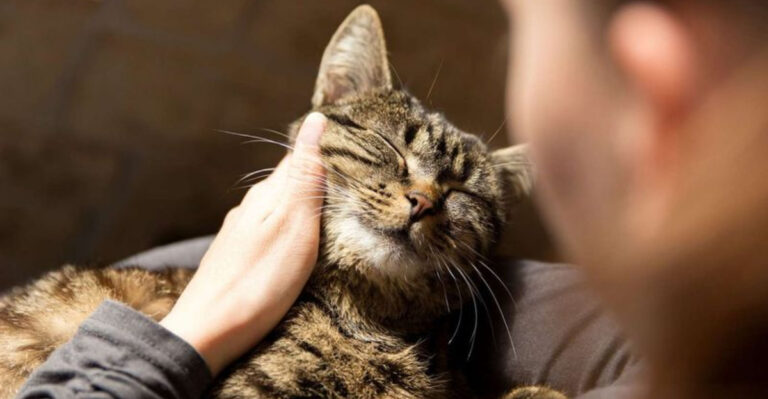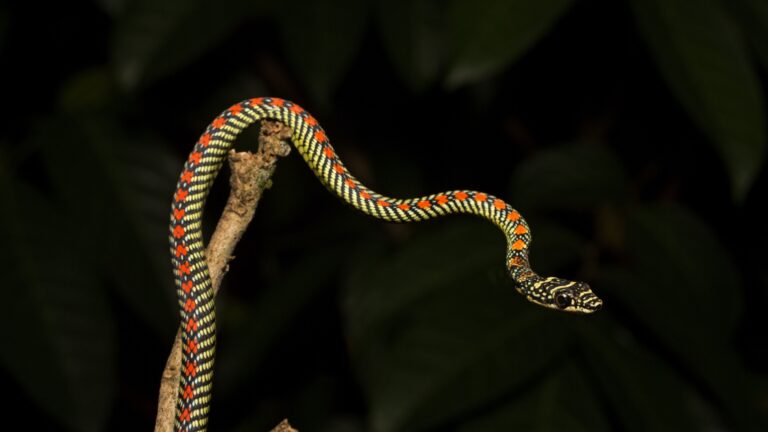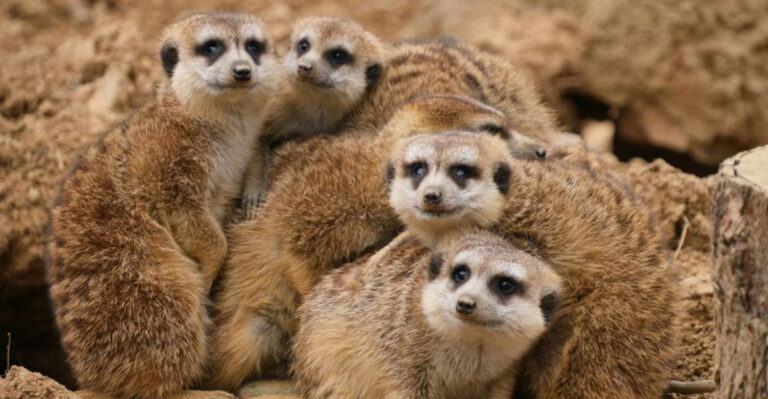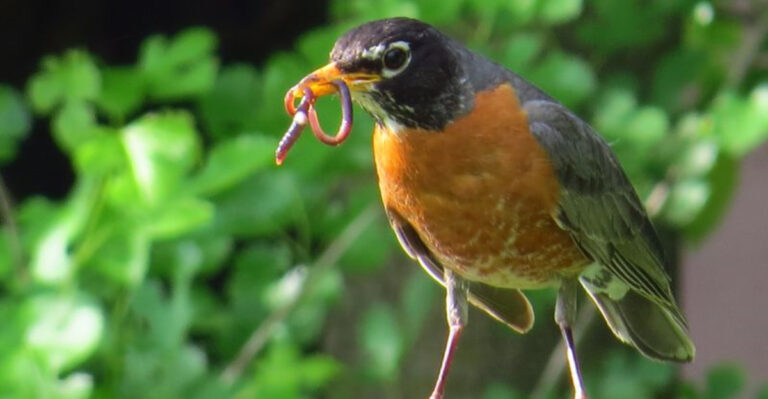17 Rare Animals That Can Only Be Found In The U.S.
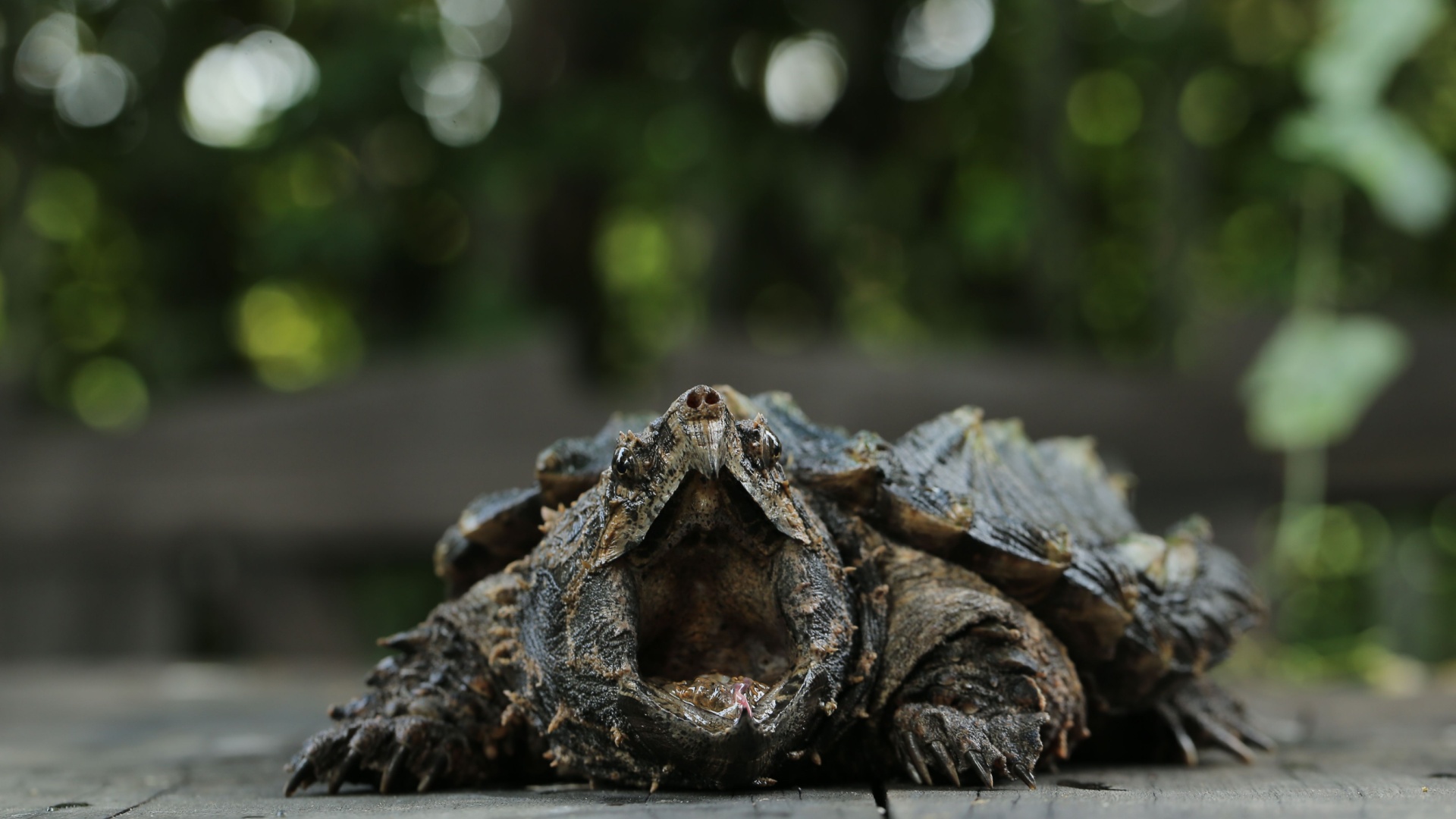
The United States is home to a wide array of wildlife that can be found nowhere else in the world. With a diverse geography and unique ecosystems, the U.S. allows for many different species to coexist within regions of lush forests, dry plains, and sunny coasts.
In a land as diverse as this, it’s no surprise that some creatures are so outlandish! From tiny red-headed lizards to turtles with a bone-snapping biteforce, here are some remarkable animals native to the United States.
1. Southern Toad
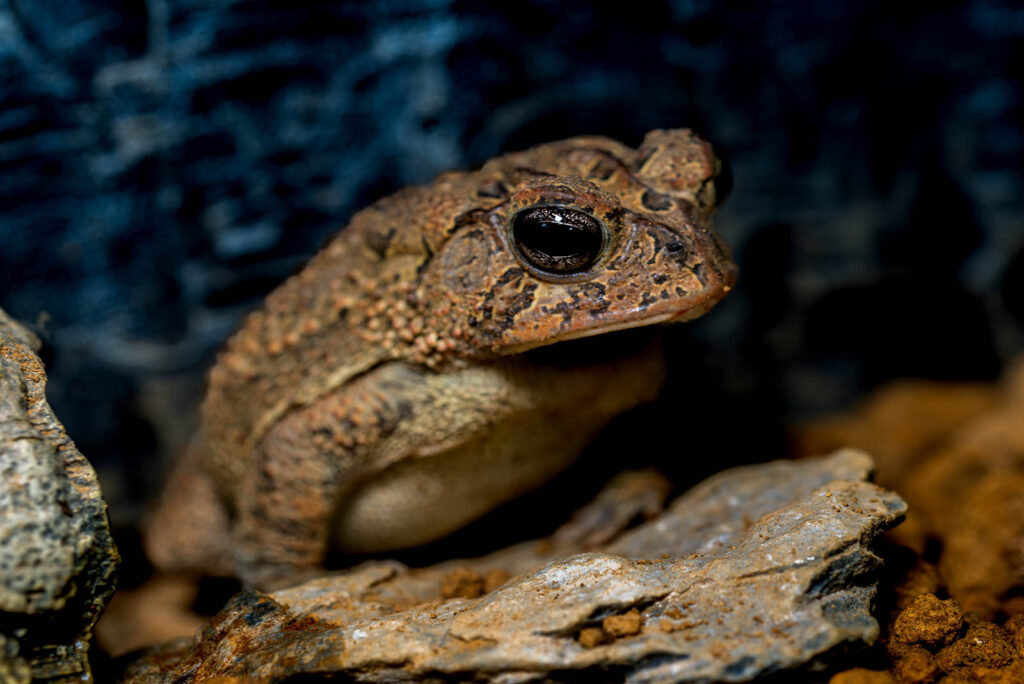
Although fairly common in the US, the Southern toad is native to the Southeast and cannot be found anywhere else in the world.
These amphibians are nocturnal, and they inhabit sandy soils near water. They grow to be about 3 inches in length and feed on crickets, roaches, and other invertebrates.
Don’t be surprised if you find this friendly amphibian somewhere in your yard – the Southern toad is quite at home in human environments as long as it has a water source! Parks are an especially popular destination for them.
2. Broadhead Skink
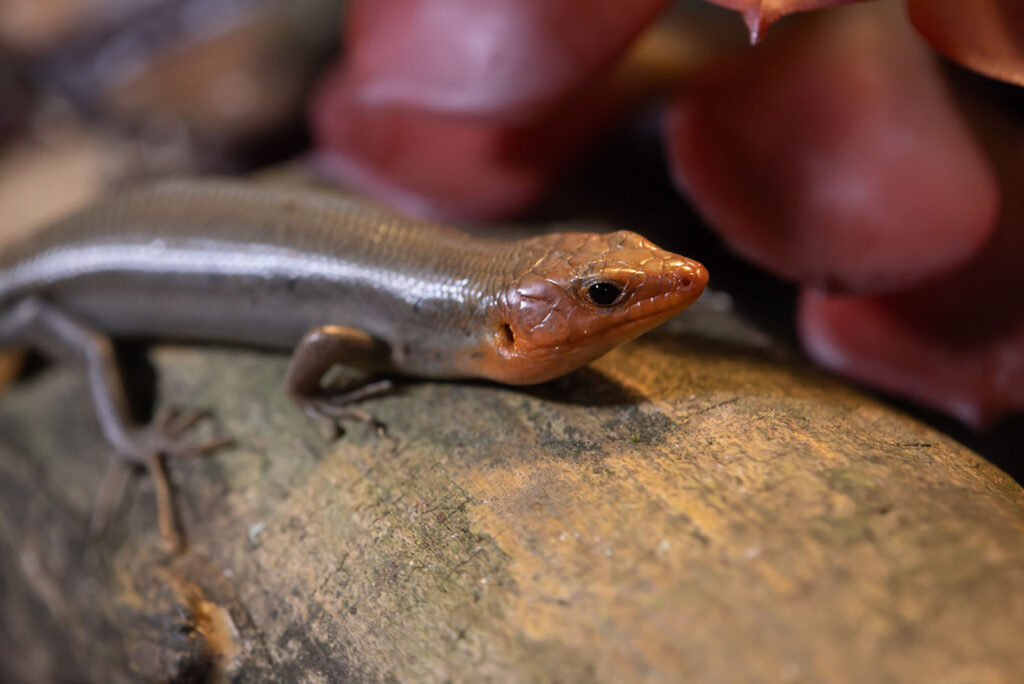
Named for its broad and triangular reddish head, this skink is also native to the southeastern US. It thrives in habitats with oak trees and tree cavities.
The skink’s diet mainly consists of insects and spiders and can grow to be 12 inches in length.
The broadhead skink isn’t one to mess with. If threatened, it uses its strong jaw to bite its attacker and drops its tail to distract predators.
3. Swift Fox
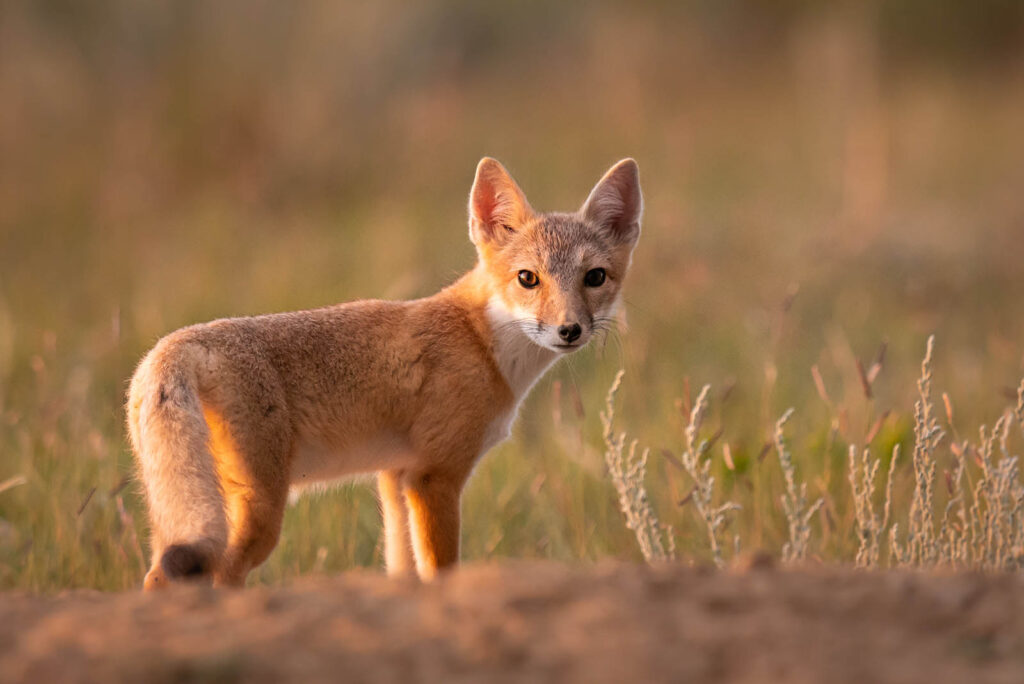
Do you know where the swift fox gets its name? Why, for its impressive speed of course! Swift foxes can reach speeds of 30 miles an hour.
Native to the Great Plains, they prey on small mammals at night and love fruit. Weighing 5-6 pounds on average, they can reach a height of 12 inches at the shoulder.
Their lifespan is sadly short, being about 3 years on average. Yet, they have been known to live up to 14 years in the right conditions.
4. Pygmy Rattlesnake
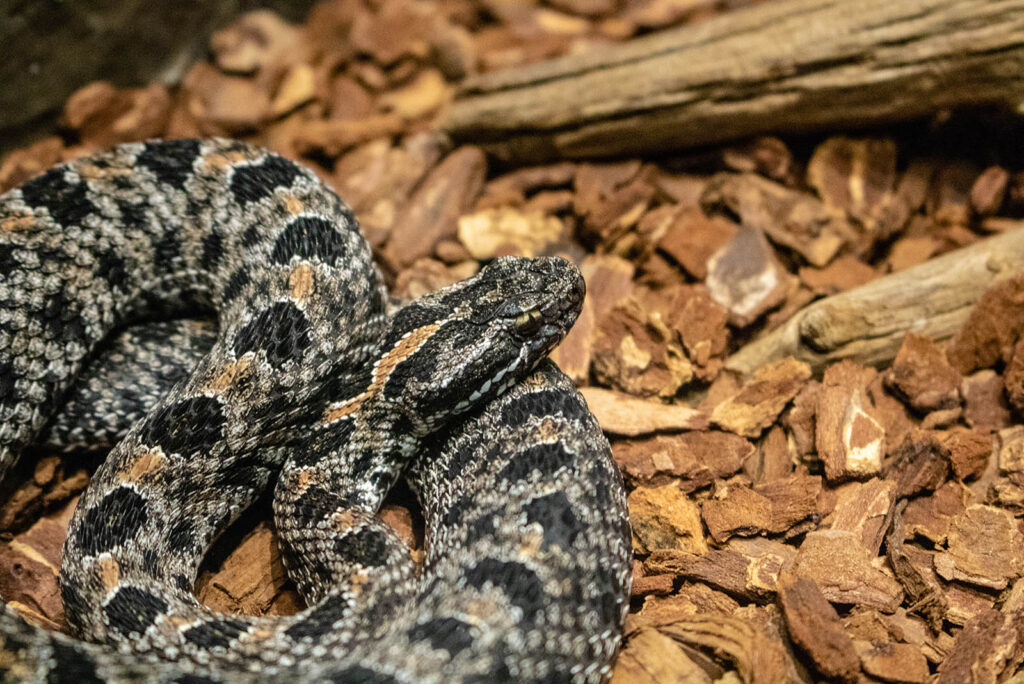
Found in the southeast of the United States, the Pygmy rattlesnake lives in forests, wetlands, and coastal plains.
It reaches up to 24 inches in length, eating small mammals and lizards.
The pygmy rattlesnake is a rather lonely species. With tiny, nearly inaudible rattles, they only interact with each other during mating season.
5. American Polecat
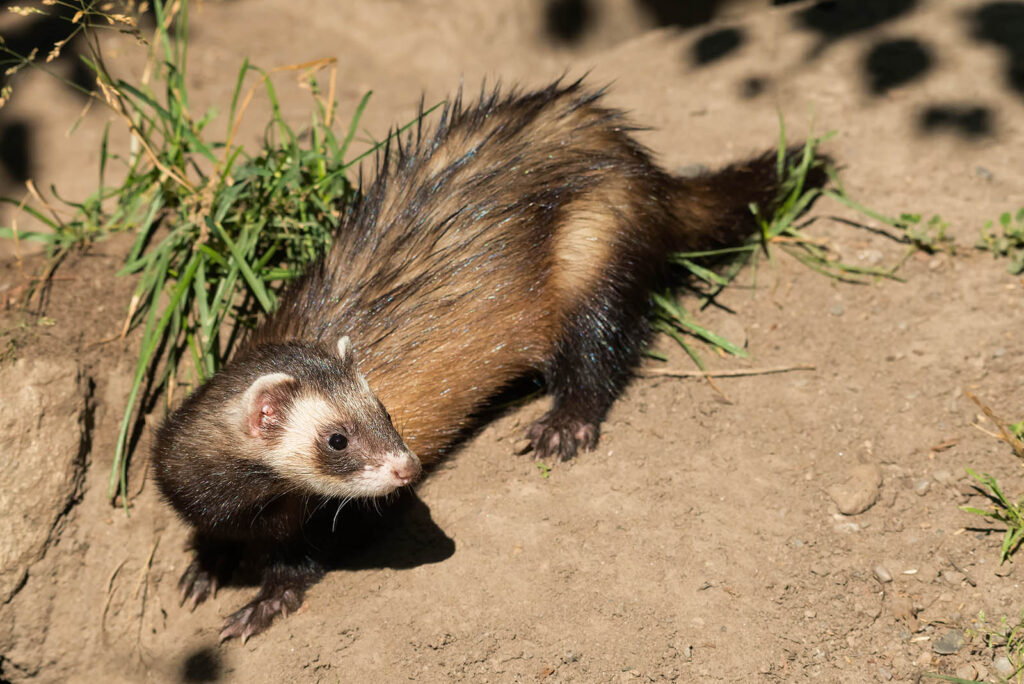
The American polecat was once believed to be extinct, but this species has been reintroduced through conservation efforts.
Native to the Great Plains, it can be found near prairie dog colonies because that is its diet – primarily prairie dogs.
Their lengthy torsos and short legs allow them to efficiently move and hunt through prairie soil.
6. American Alligator
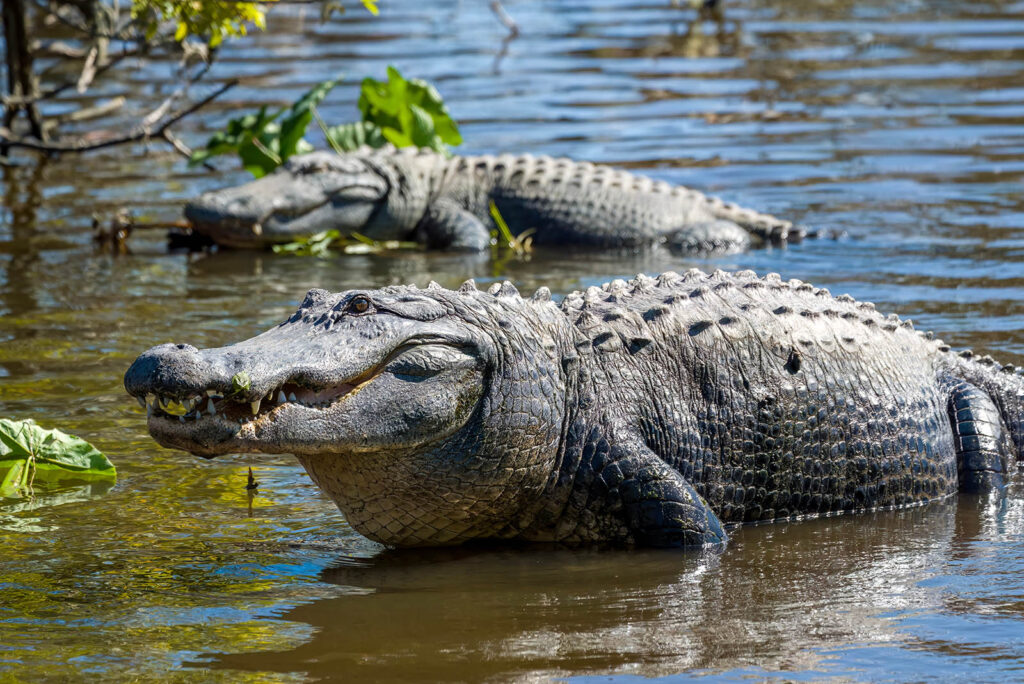
The American alligator thrives in the marshes and swamps of the southeast United States. Contrary to popular belief, they are not as dangerous as people believe. When approached, alligators prefer to retreat and avoid confrontation.
Their diet includes fish, birds, turtles, and small mammals. What’s fascinating is they can survive freezing temperatures by sticking their snouts out above ice to breathe.
American alligators are easy to spot in the wild because of their size alone – males can reach up to 15 feet in length and females up to 10 feet.
7. Alligator Snapping Turtle
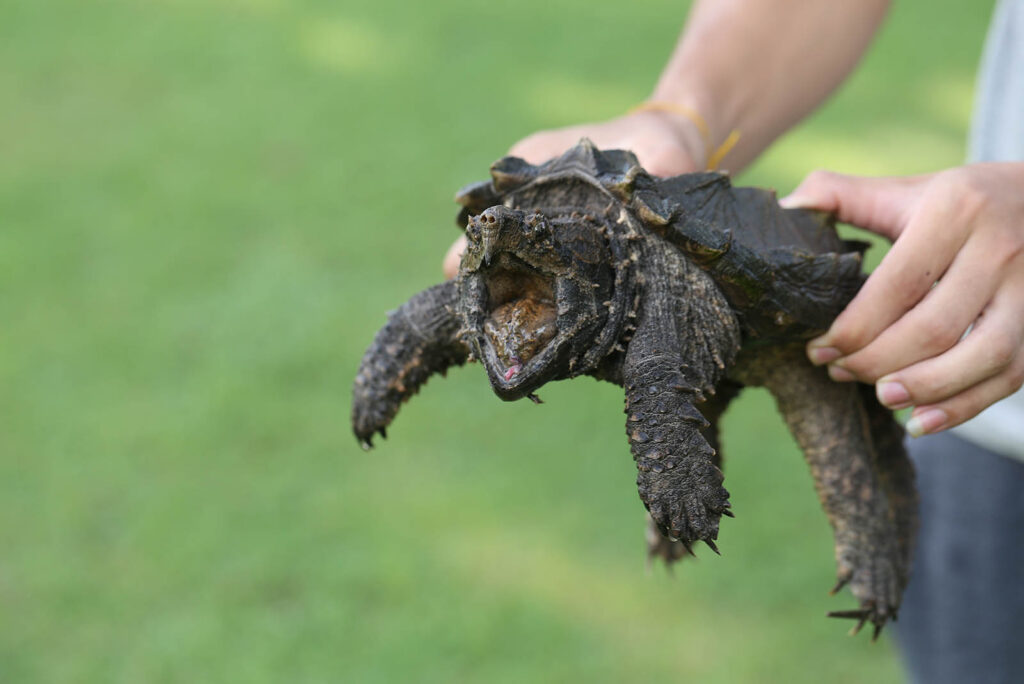
The alligator snapping turtle, infamous for their bite force that can snap bone, is also a native of the lakes, swamps, and rivers of the southeastern US.
They can weigh up to an incredible 175 pounds with massive, spiky shells and heads.
They feed on fish, amphibians, and small mammals. They use a tongue appendage to lure prey directly into their mouths.
8. Hawaiian Hawk
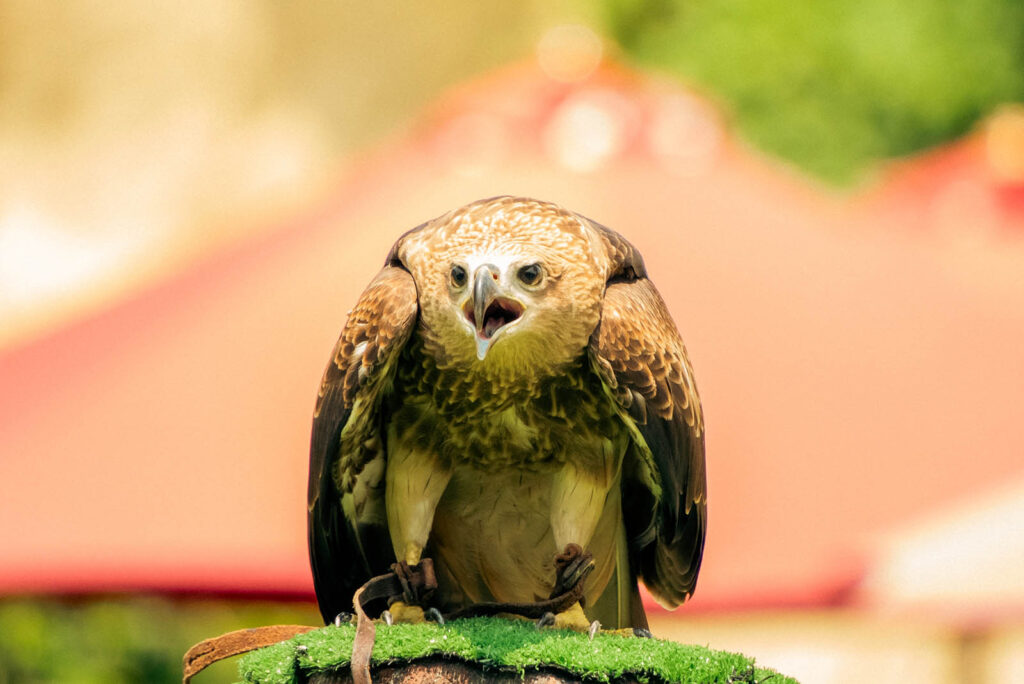
The symbol of Hawaiian royalty, the one that also goes by the name “‘io,” is the one and only – Hawaiian Hawk!
They are mainly found in forests and shrublands on Hawaii’s Big Island.
With a wingspan of up to 3 feet, this hunter preys on a variety of animals, including other birds, rodents, and insects.
9. Hawaiian Monk Seal
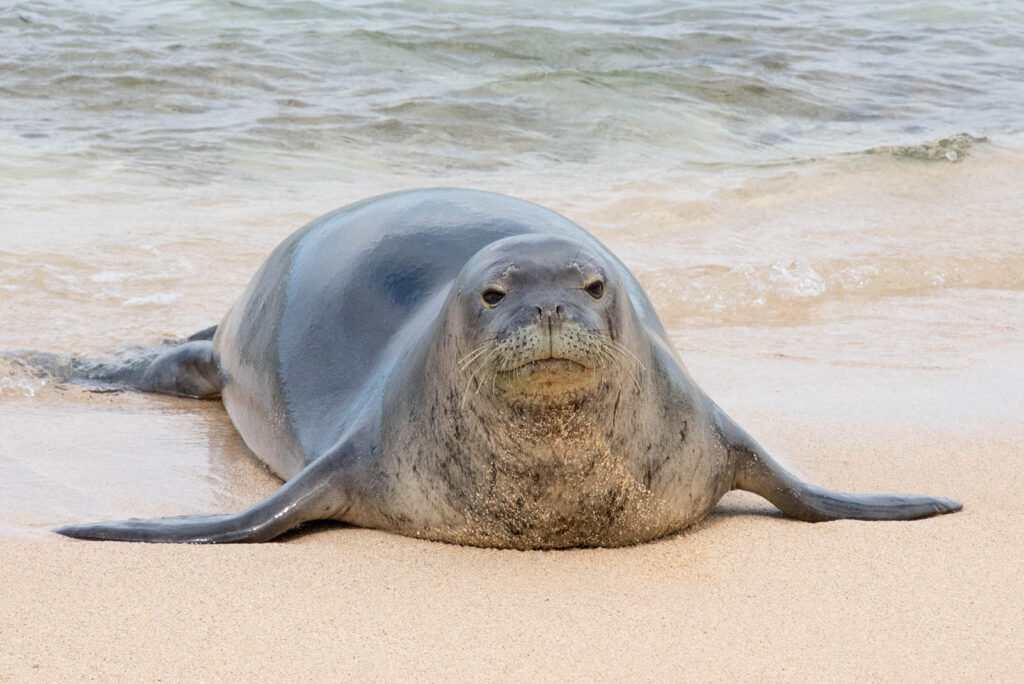
Another species endemic to Hawaiian islands, the monk seal lives along coastal beaches and coral reefs.
They weigh an incredible 400-600 pounds and can be 7 feet long. They eat fish, octopuses, and crustaceans.
Sadly, it is one of the world’s most endangered mammal species today.
10. Red Wolf
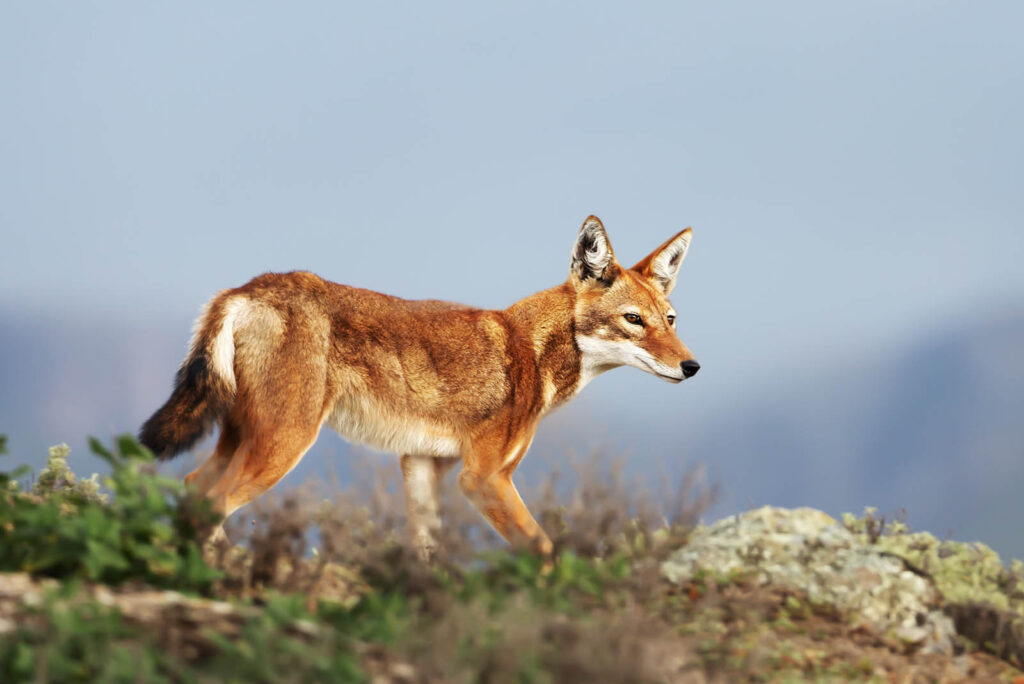
Named for their reddish fur coats, the red wolf is one of the world’s rarest canines. Today, less than 20 of them reside in the wild.
The red wolf was reintroduced through conservation efforts in North Carolina and inhabits forests, swamps, and coastal prairies of that area.
Their favorite prey are deer and raccoons, and weigh up to 80 pounds.
11. Giant Kangaroo Rat
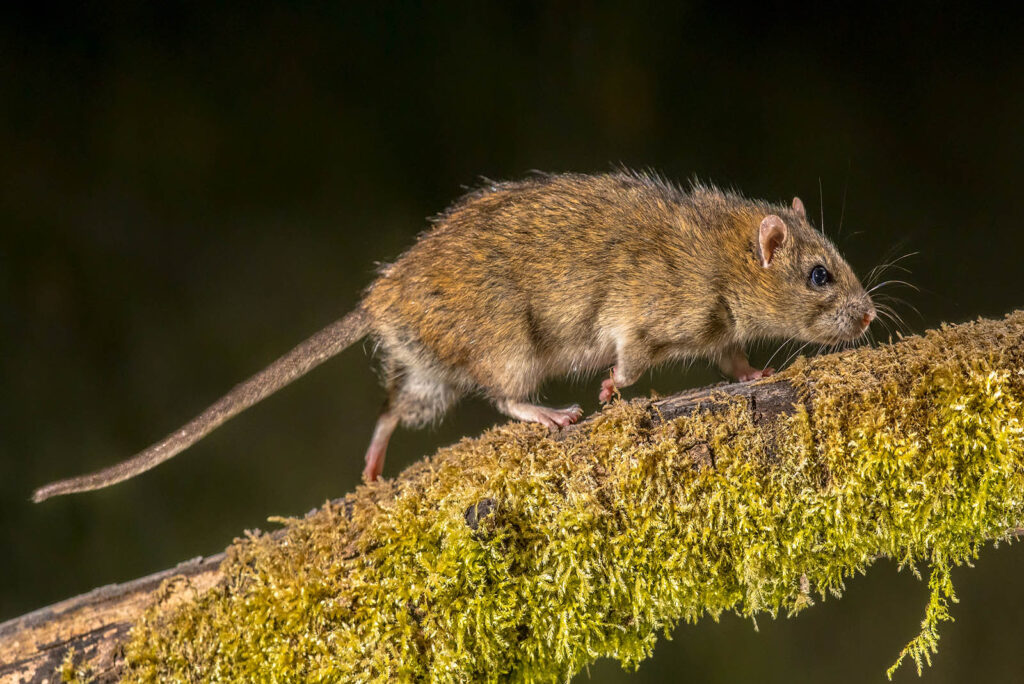
Considered endangered since 1987, the giant kangaroo rat is a native of central California’s grasslands and scrublands.
They get their name from their unique two-footed hops which resemble kangaroos. Their diets consist of seeds and dry vegetation.
They grow to be 6-14 inches and have cheek pouches to store their food in.
12. Hellbender
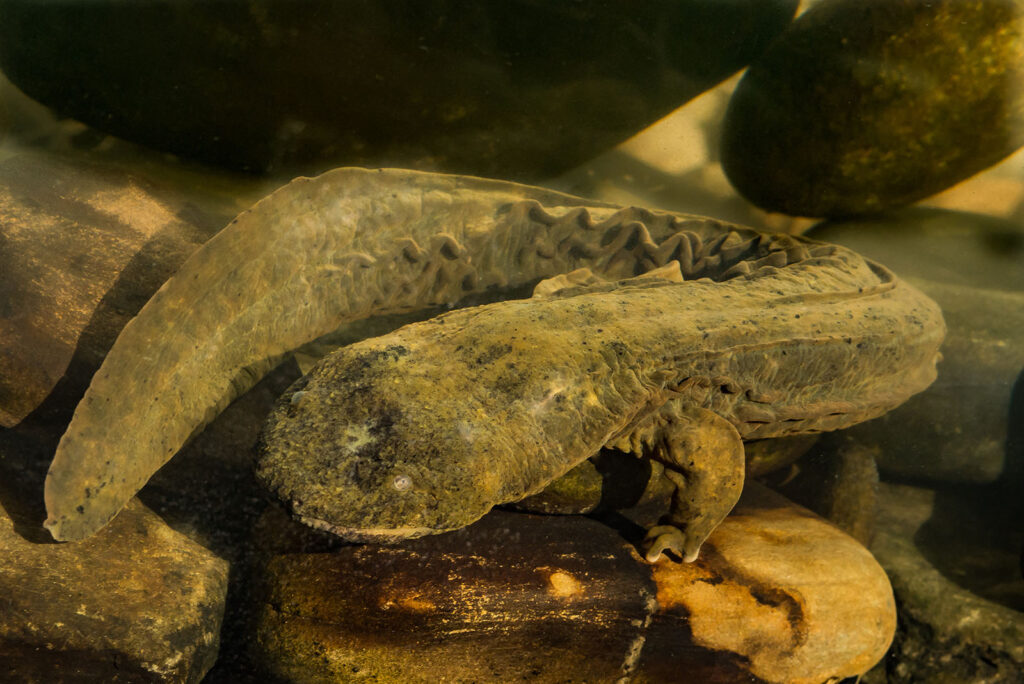
The origins of its name are traced back to folktales from colonial times because of its spooky appearance.
Despite its devilish name, the Hellbender is a gentle giant. It feels more at home in cold and fast-flowing streams than in the depths of the underworld.
It feeds on crayfish and insects, and it is considered the largest aquatic salamander in the entirety of North America.
13. Glacier Bear
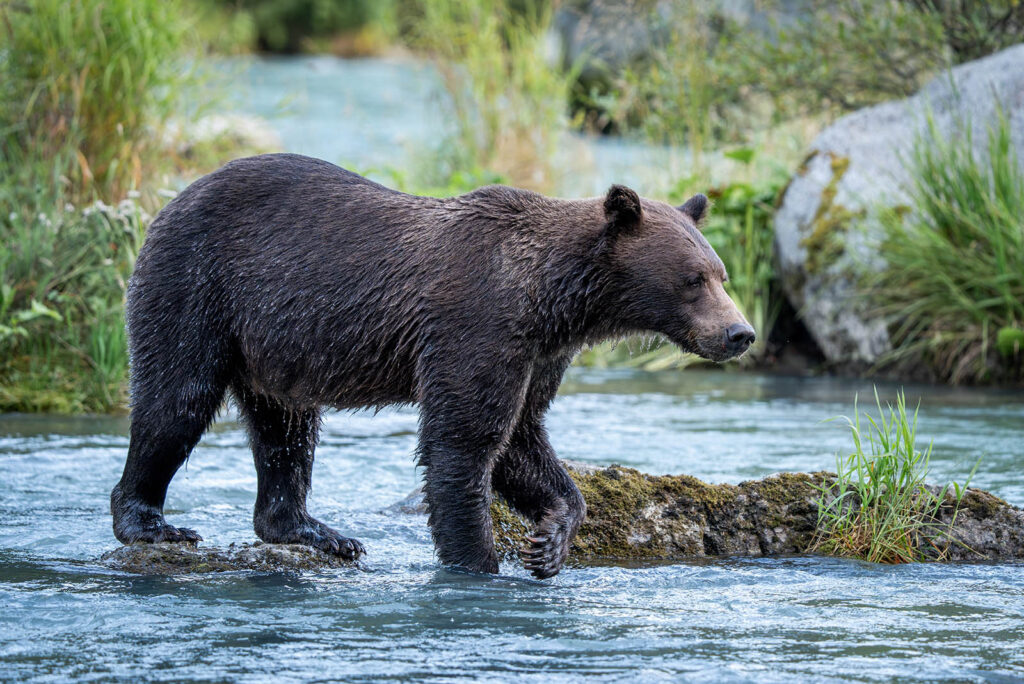
Glacier bears, also called blue bears, are native to southeastern Alaska and parts of British Columbia. What sets these bears apart from their black-bear cousins is their bluish-gray coat, the exact thing they were named after.
They live in coastal parts, forests, and alpine meadows, where their coat blends beautifully with surrounding forests.
Their massive bodies weigh up to 300 pounds, feeding on fish, plants, and berries.
14. Utah Prairie Dog
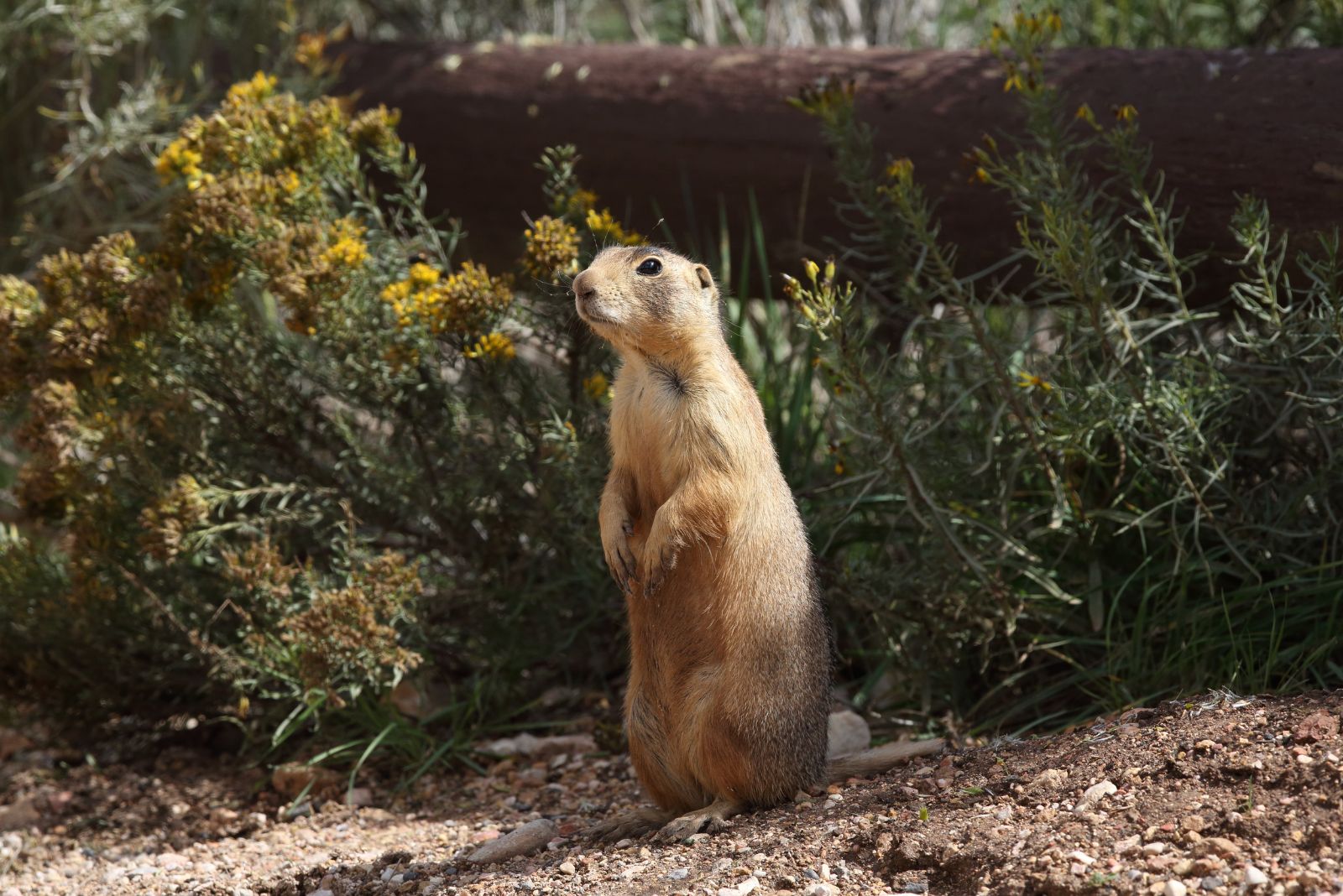
This small burrowing mammal is found only in Utah’s grasslands. As a keystone species, it plays a crucial role in its ecosystem, though it faces threats from habitat loss.
By digging extensive burrow systems, it aerates the soil, helps with water absorption, and provides shelter for other animals like burrowing owls and snakes.
Additionally, it serves as an important food source for predators such as hawks, foxes, and coyotes, maintaining balance within the food chain.
Conservation efforts are essential to protect its dwindling population and ensure the stability of Utah’s grassland ecosystem.
15. Red-Cockaded Woodpecker
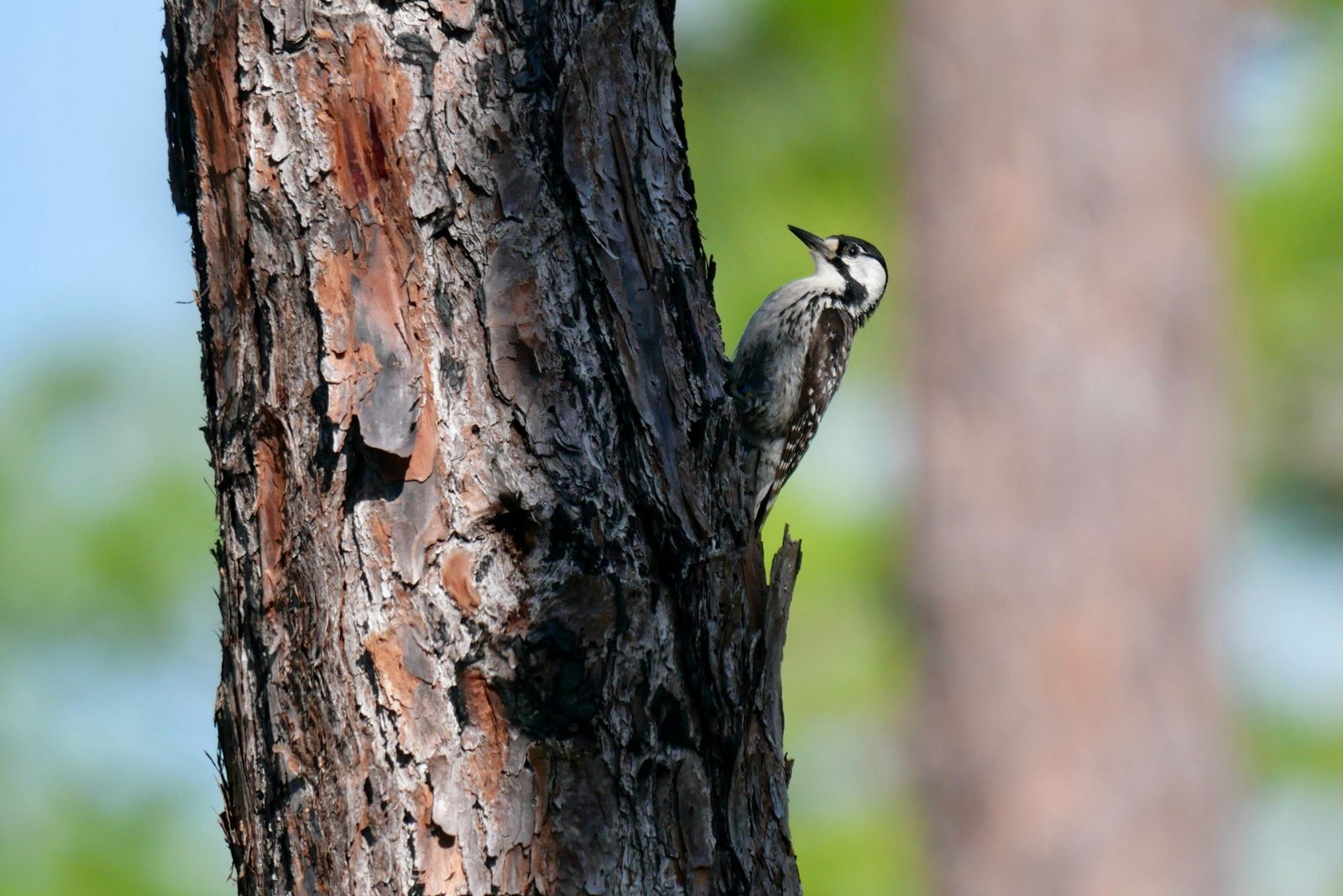
This rare woodpecker is native to the southeastern U.S., where it nests in old-growth pine forests. Its population has significantly declined, making it a priority for conservation.
16. Key Deer
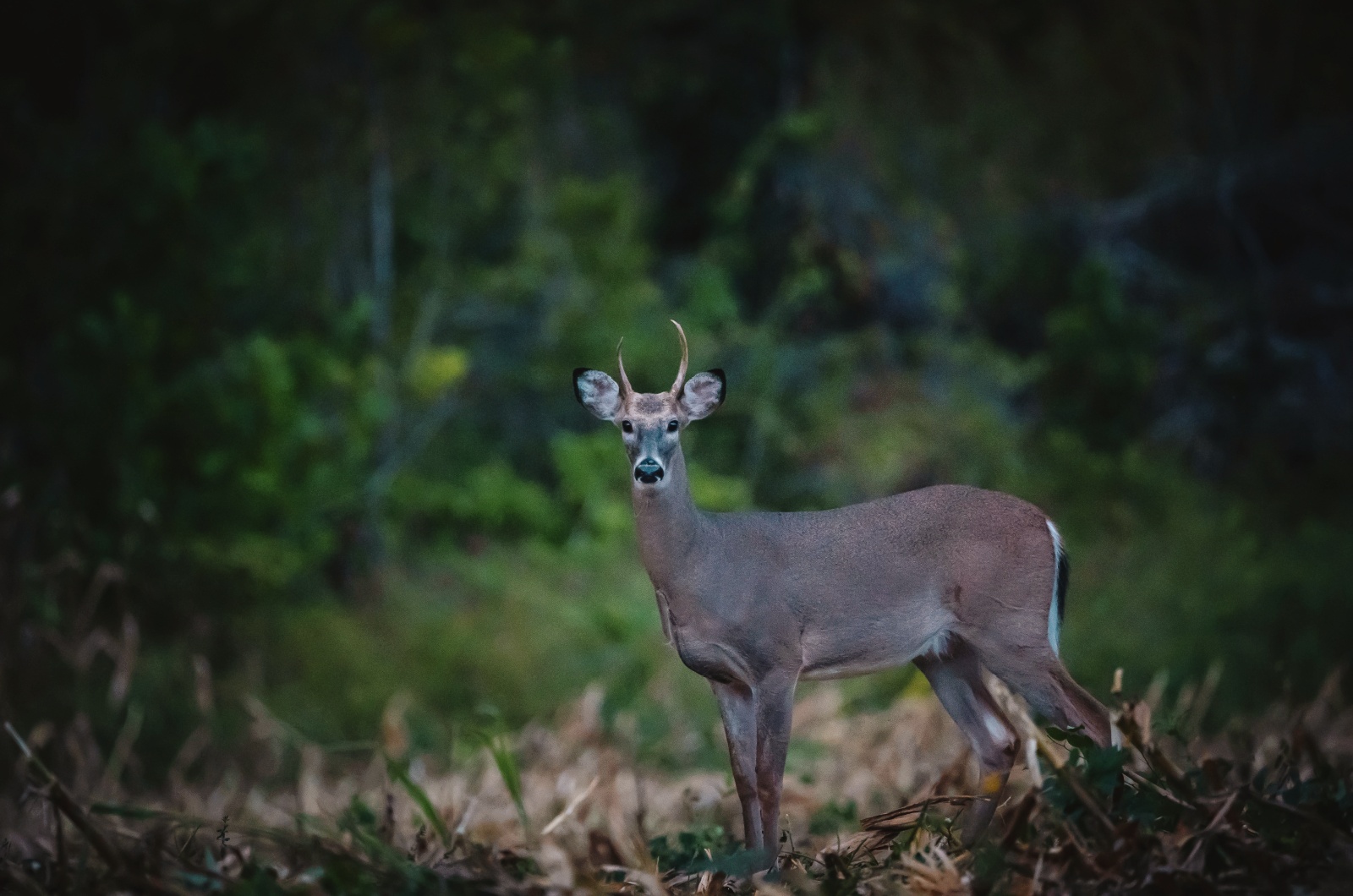
Credit: Shutterstock
The Key Deer is one of the most charming and unique species found exclusively in the Florida Keys. This miniature subspecies of the white-tailed deer stands only two to three feet tall at the shoulder and weighs between 45-80 pounds, making it significantly smaller than its mainland relatives.
Adapted to island life, these deer are excellent swimmers and can often be seen wading through the shallow waters of the Keys.
However, their small population—estimated to be only around 1,000 individuals—makes them highly vulnerable to habitat loss, car collisions, and rising sea levels.
Conservation efforts have helped stabilize their numbers, but they remain one of the most endangered mammals in the U.S. and are a symbol of Florida’s fragile ecosystem.
17. Mount Graham Red Squirrel
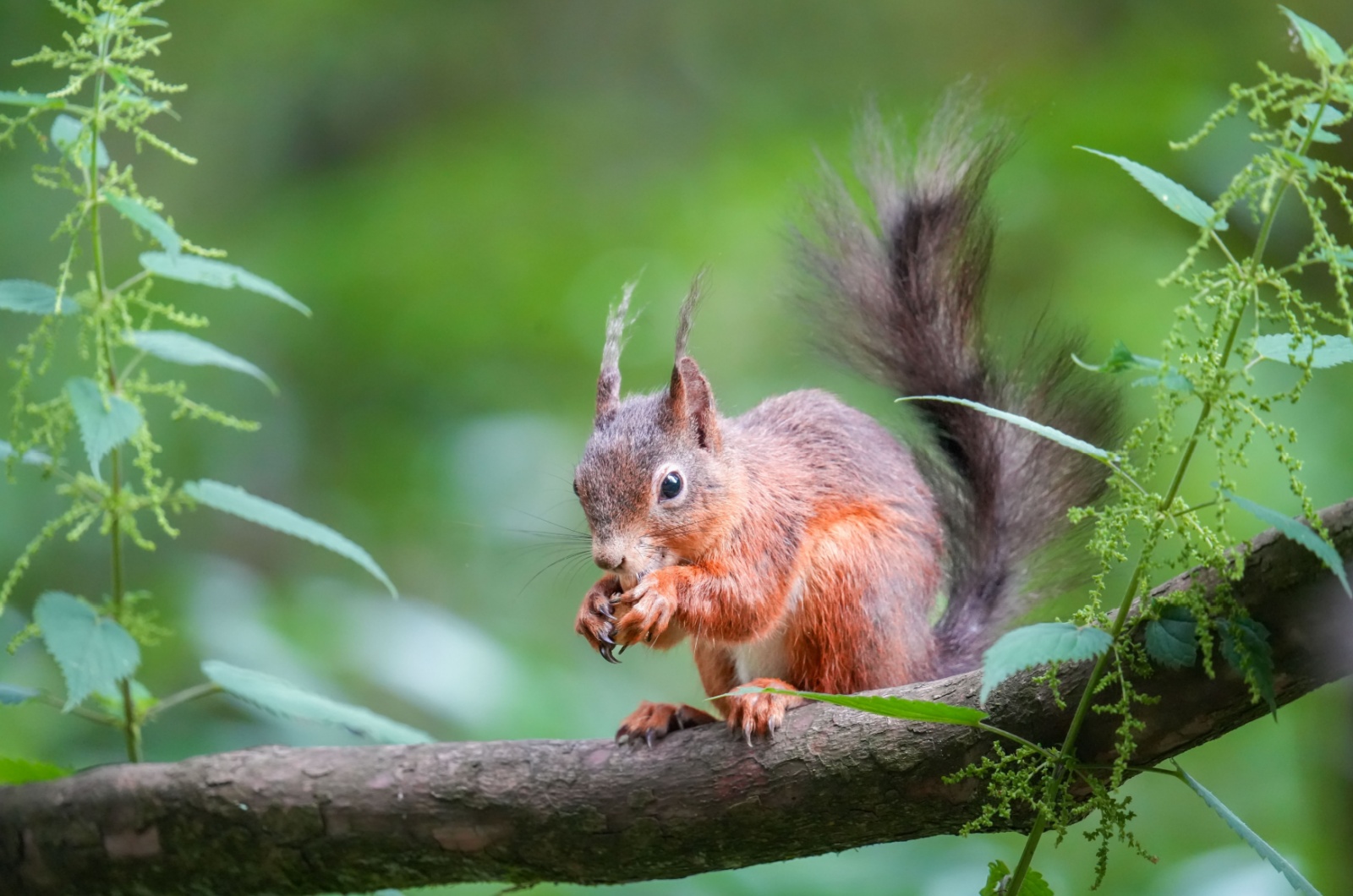
Credit: Shutterstock
The Mount Graham Red Squirrel, on the other hand, is a rare and elusive subspecies of the North American red squirrel, found only in the Mount Graham region of Arizona. Unlike its widespread relatives, this squirrel has a tiny population of fewer than 300 individuals, making it critically endangered.
It thrives in the cool, high-elevation forests of the Pinaleño Mountains, where it depends on pine seeds, mushrooms, and other native vegetation.
Deforestation, wildfires, and competition from introduced squirrel species have significantly threatened its existence.
Conservationists are working hard to preserve its habitat, but the Mount Graham Red Squirrel remains one of the most at-risk mammals in the United States, highlighting the importance of protecting America’s unique and isolated wildlife species.


